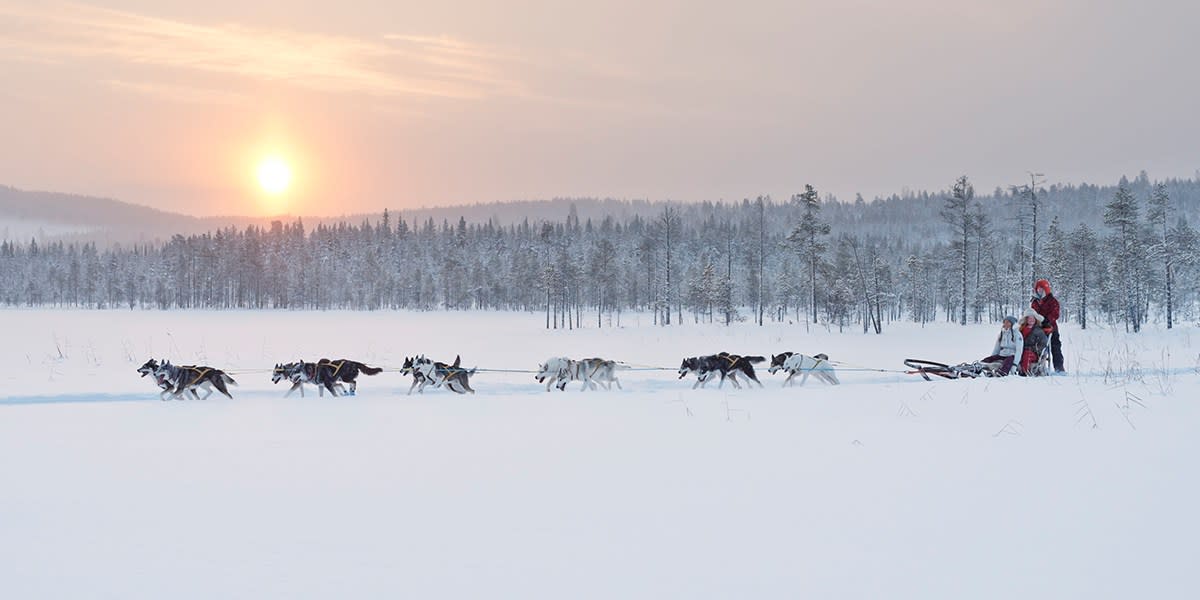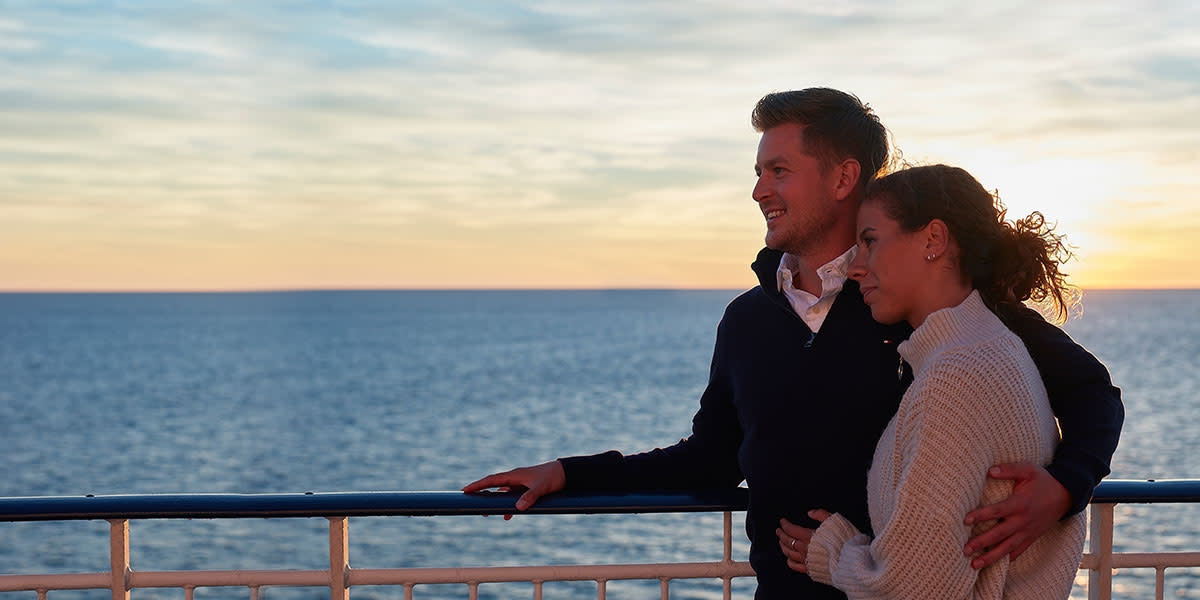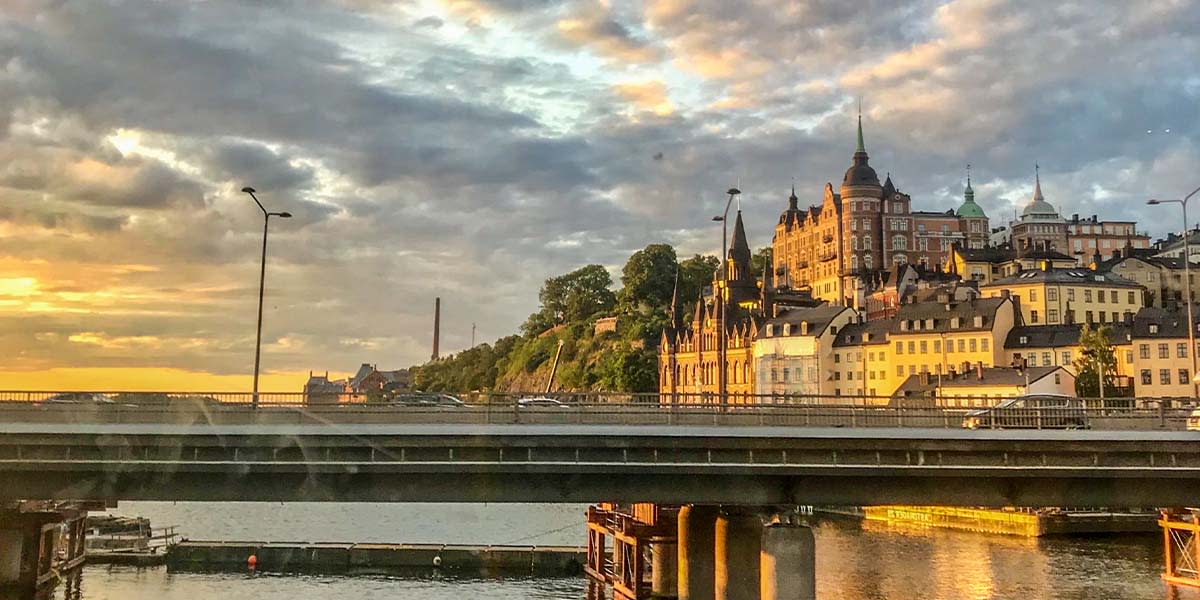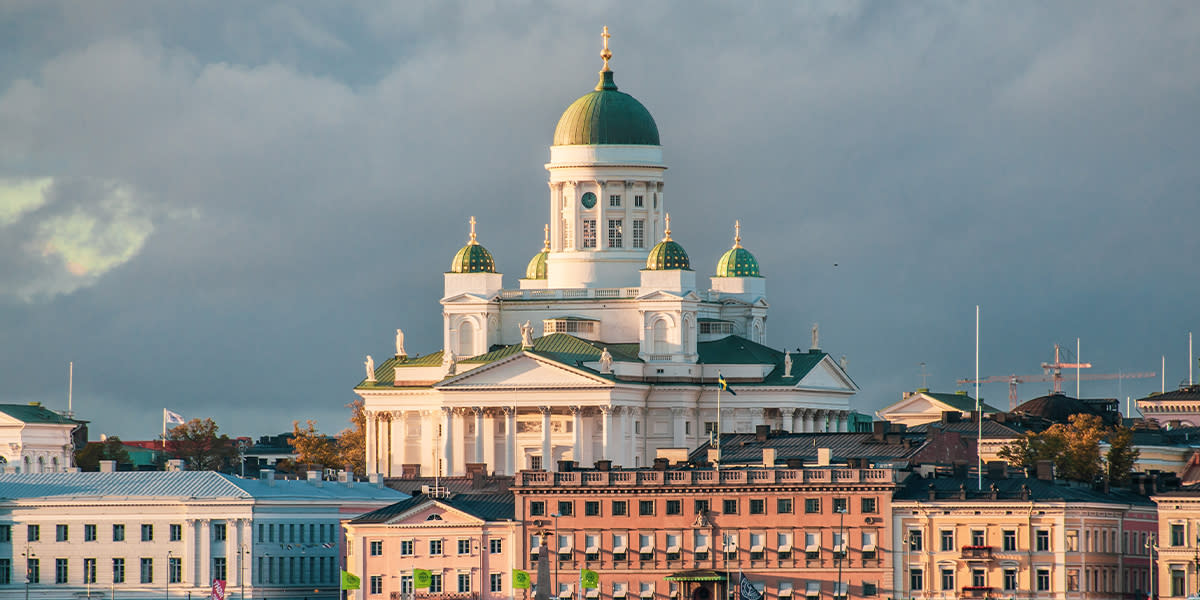
Baltic sea

Interesting facts about the Baltic Sea
The Baltic Sea is surrounded by 9 countries and is one of the youngest seas. But this sea hides more secrets than we sometimes think. It supplies food, it is a home for animals, it is a path you can take to another part of Europe.

Size
The length of the Baltic Sea is 1,600 kilometers, and the widest part is 193 kilometers long.
To travel around this sea would have to travel as much as 8000 kilometers, which is exactly what the sea coast occupies.
Although the average sea depth is 180 meters below sea level, the deepest sea location is well above this figure. It is estimated that in some places the sea reaches 459 meters below sea level.
This sea is classified as medium in size and occupies about 380,000 square km.

Features
Although the water of the Baltic Sea is saline, the salt concentration is only 0.1-0.8%. Salinity depends on location, for example: the closer to the North Sea, the saltier the water; while in the Gulf of Finland it is almost fresh. This phenomenon is mainly due to the fact that the sea is surrounded by land, the canal with the North Sea is narrow, and many rivers flow from the mainland to the sea.
Due to low salinity, the sea could theoretically freeze. In the last 3 centuries, this phenomenon has been recorded 20 times. The last such case was recorded decades ago.

There are sharks
Due to the low salinity, freshwater and marine fish species can also be found in this sea. A completely different situation on the west side of the sea. Right next to the North Sea, where the water is saltier, there are about 30 different species of sharks and rays. Among the large shark species, the hammerhead shark and the long-finned gray shark were once observed in this Baltic region.
Some shark species that live permanently in the Baltics, such as porbeagle, are caught by fishermen industrially. A couple of decades ago, up to 40 tons of porbeagle were caught in the straits and in the western part of the Baltic. Now those numbers have dropped drastically.
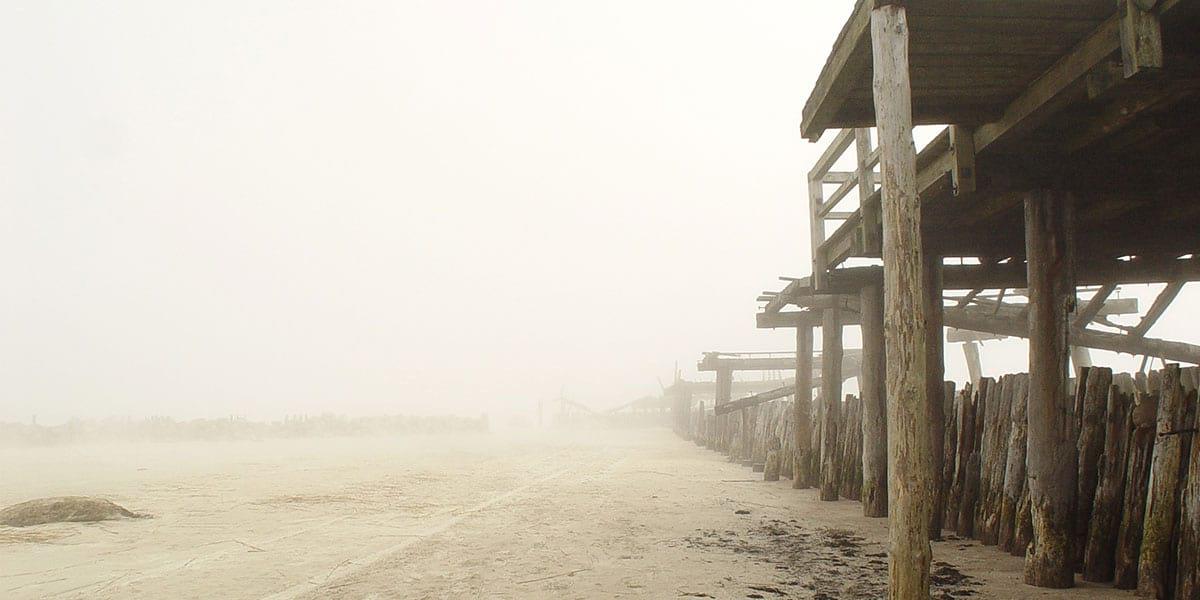
The symbol of power
In the Middle Ages, the Vikings ruled the sea. They had established outlets here, traveled and conquered lands around the entire sea.
In the late Middle Ages, the Baltic Sea was one of the main roads connecting the members of the Hanseatic League founded by merchants.
Russia and Prussia later fought for territories around the sea.
Part of the battles of the First World War took place at sea. Military equipment and chemical weapons have severely damaged the Baltic Sea ecosystem. Thus, since the beginning of this century, the Helsinki Convention for the Protection of the Marine Environment of the Baltic Sea Area has been signed, according to which states seek to protect the Baltic Sea from adverse factors.


